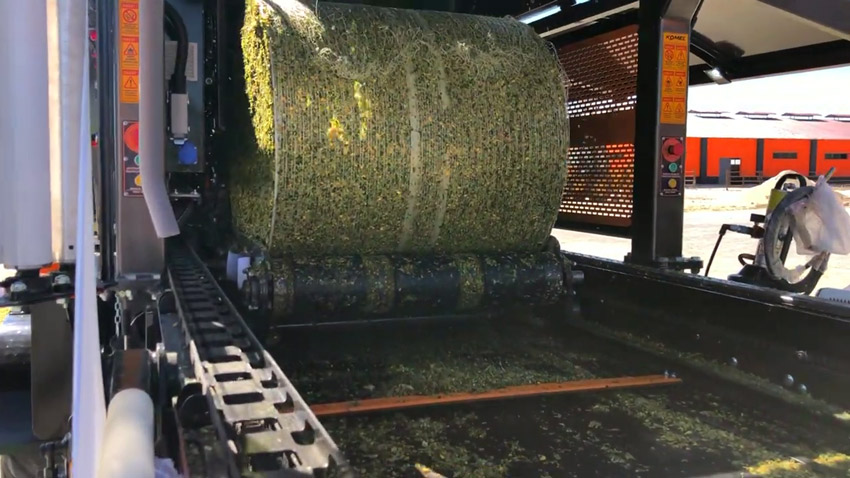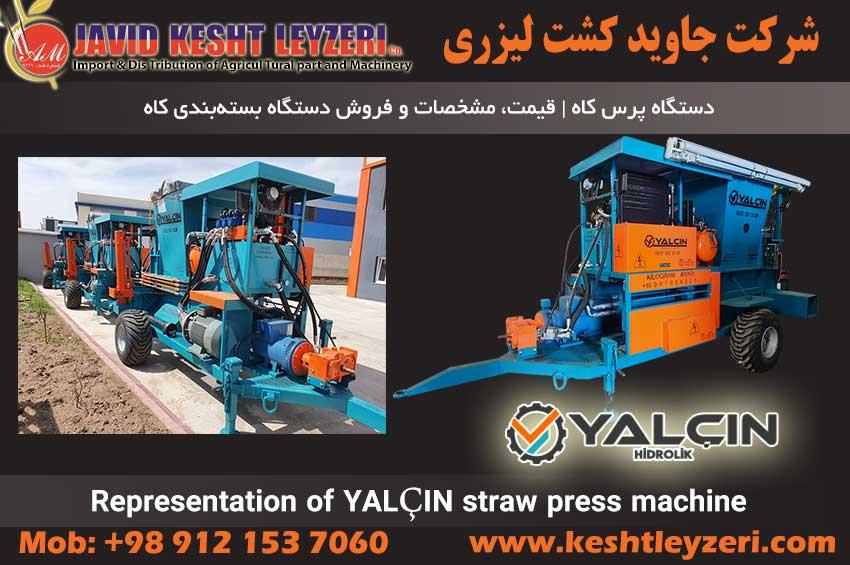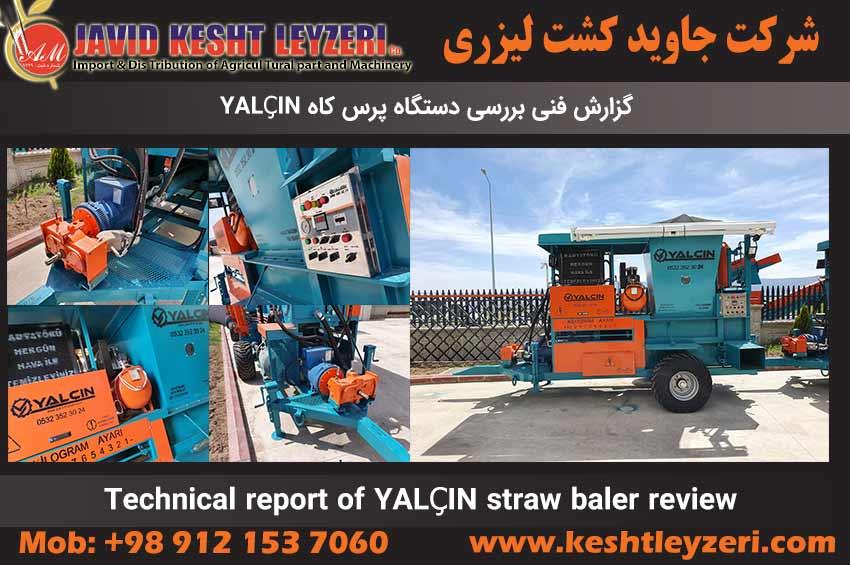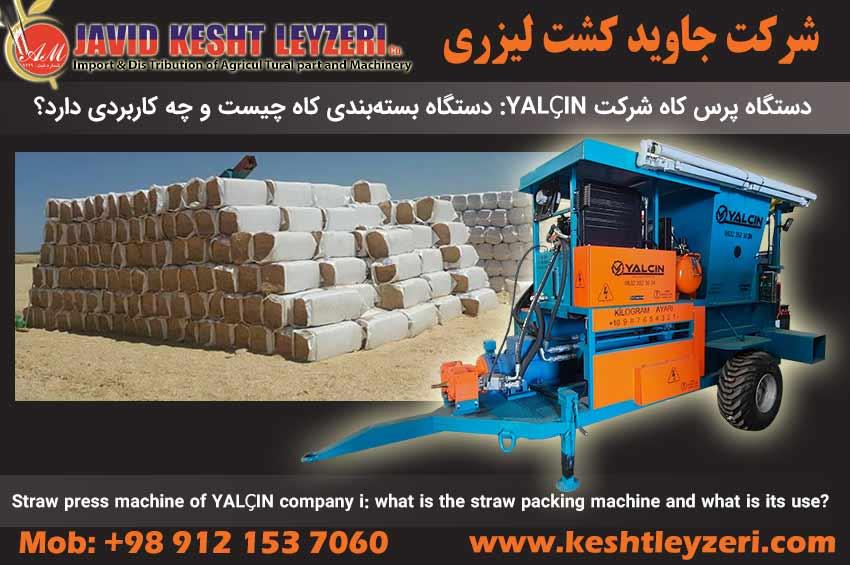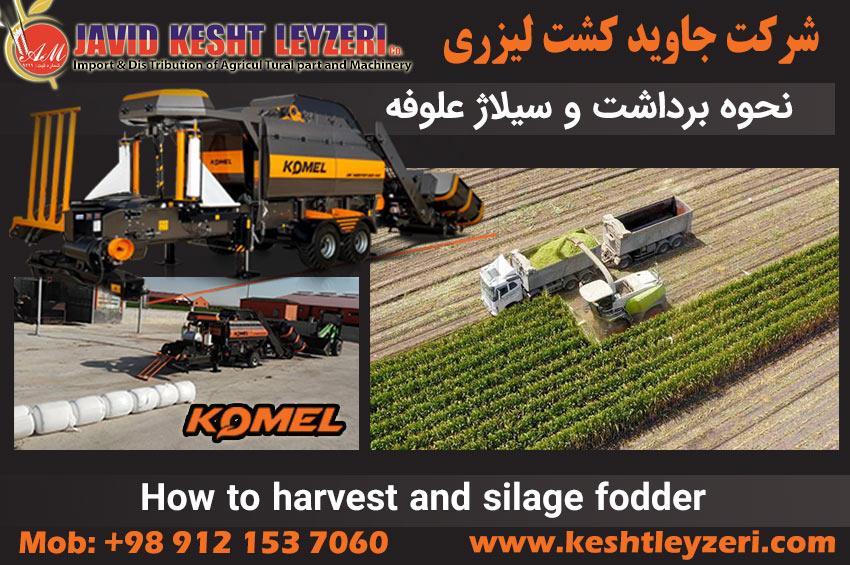
How to harvest and silage fodder
javid keshtleyzeri Co.ltd
In a farm where the area under cultivation is medium or large, the product is harvested by special machines. Usually these cars are followed by tractors. Of course, there are also large self-propelled harvesting choppers, whose working speed is very high.
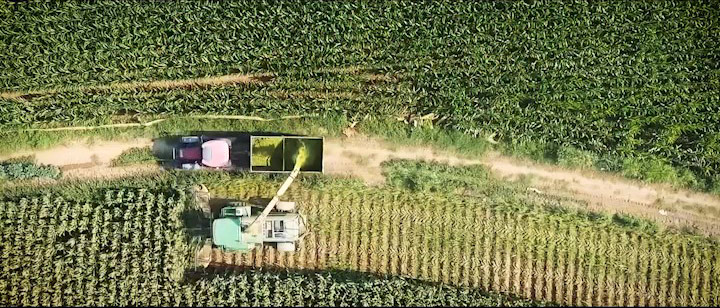
What points should we pay attention to before harvesting fodder?
1- Prevent soil pollution
At the time of harvesting, you should make sure that the fodder is not mixed with the soil because some contamination in the soil causes the silage to rot.
2- Silo cleaning
Before making silage, it is necessary to clean the floor and the walls of the silage well because the contamination of the silage will cause the waste of the silage forage.
3- Compressing fodder
After cleaning the silo, we put so much fodder in it that its height reaches about 30 to 60 cm. Then, with machines such as tractors or loaders, we move on it until the air between the spaces of the accumulated fodder is removed.
In the same way, we add the fodder and remove the air until the silage is full or the fodder runs out. Try not to use machines with chain wheels, such as bulldozers, to compress the fodder, because it causes the fodder juice to flow. In this case, the quality and yield of silage will decrease.
We have to adjust the silage capacity with the amount of fodder production so that the silage is completely filled. Because it will be very difficult to cover the silage space to prevent air from entering, which will spoil the silage material.
4- Silage speed
The faster the ensiling is done and the less time is wasted, the fermentation stage in the vicinity of the air and the loss of sugars are reduced and the quality of the produced feed is increased. To reduce silage time, factors such as silo capacity, harvesting speed, transportation, distance from field to silage, etc. can have an effect.
Silage filling time is between 1 and 3 days depending on the hot and cold weather. The shorter the time, the better, and it should not exceed 3 days.
How do you know if the silage is compacted enough?
Knowing if silage forage is properly aerated requires experience. If the silage is compressed enough, pay attention to the following:
1- Not having a springy state. If the silage fodder is well compressed, it should not be loose and springy when you walk on it with a tractor or foot.
2- Not settling well compressed fodder will not settle much. If the mass of fodder settles, its effect can be clearly seen in the side walls of the silage. It is necessary to regularly visit the silage in the first week after silage.
3- The suitable temperature of silage, if we insert a thermometer or fingers to a depth of 30 to 60 cm in the fodder mass, if its heat is 40 °C, it indicates good compaction, but if the heat does not exceed 44 °C, it will show us. that the compression is not enough and it should be compressed again.
In the touch method, if the fingers can withstand the heat of the silage at this depth for one minute, the compression is good, if the heat is more, it shows us that the mass is not compressed well.
The increase in silage heat is caused by metabolism and sugar content, which may turn the color of the forage a little brown.
After the silo is filled, it is sloped or covered with fish pollen so that snow and rain water does not enter it. Then we cover it so that no air or moisture reaches the fodder inside the silage.
With what means should we cover the silage?
You can cover the fodder silage with different means. But the best tool, which is both cheap and of good quality, is to use thick plastic. We put the plastic on the silage so that it sticks well on the fodder in all parts and there are no empty spaces, especially in the corners and adjacent to the walls.
The density of fodder in the silo space
In order to know the amount of fodder that we have harvested and want to make silage, how much space is needed and how much fodder we need to harvest for our livestock every day, it is necessary to know the density of the compressed fodder or the volumetric weight of the dense mass. .
What is volumetric weight?
Density or volume weight means how much silage fodder weight (kilogram) is in each volume unit (cubic meter) of silage space. It means knowing how many kilograms of compressed fodder are in one cubic meter (1 meter length x 1 meter height x 1 meter width).
This amount will be different based on the type of fodder, the size of the pieces and the amount of moisture, the dimensions of the silage and especially the height, as well as the silage management and the quality of the silage material. You know better that the smaller the size of the fodder pieces and the higher the moisture content, the higher the volumetric weight of the silage fodder.
How is food wasted in silos?
If the fodder is harvested at the right time and carefully, the food waste will be small and insignificant. If the air inside the fodder is not removed well during ensiling, as a result of the breathing of aerobic microbes, they will spoil and waste the silage food.
How to prevent food waste?
1- Fodder should be harvested when it is in good condition in terms of moisture content.
2- If we have to harvest the fodder earlier than the right time, we must use moisture absorbing materials such as straw and stubble during silage to prevent leachate from leaving the silage. This will prevent the sap from leaving the silage and make the prepared food tasty.
By using the fodder packaging machine, you can certainly prepare silage with excellent and very desirable quality, which you can see by clicking on the image below, the types of silage and fodder packaging machines:

